Salicylic Acid in Cosmetics and 2 Formulas With Salicylic Acid
You can help support my website and channel through the “buy me a coffee” page.
Here is the link: https://www.buymeacoffee.com/diycosmetica
Your support helps me keep sharing here more information and more formulas.
At the end of the post, you can find two formulas with salicylic acid: a formula for a face serum with salicylic acid and a formula for a face cleanser with salicylic acid.
Salicylic acid, a member of the beta hydroxy acid (BHA) family, has gained recognition for its multifaceted benefits in skincare formulations. One standout characteristic of salicylic acid is its remarkable capacity to deeply penetrate pores and effectively dislodging excess oil, dead skin cells, and other debris contributing to acne and blackheads. This quality proves especially beneficial for individuals dealing with oily or acne-prone skin as it helps in preventing breakouts and promoting a clearer, smoother skin texture.
Beyond its benefits as an exfoliant, salicylic acid possesses both anti-inflammatory and antimicrobial properties, making it an effective solution for inflammatory skin issues like acne and rosacea. By reducing inflammation and controlling the growth of acne-causing bacteria, Salicylic acid not only soothes redness and relieves irritated skin but also speeds up the healing of blemishes, resulting in a brighter, healthier skin.
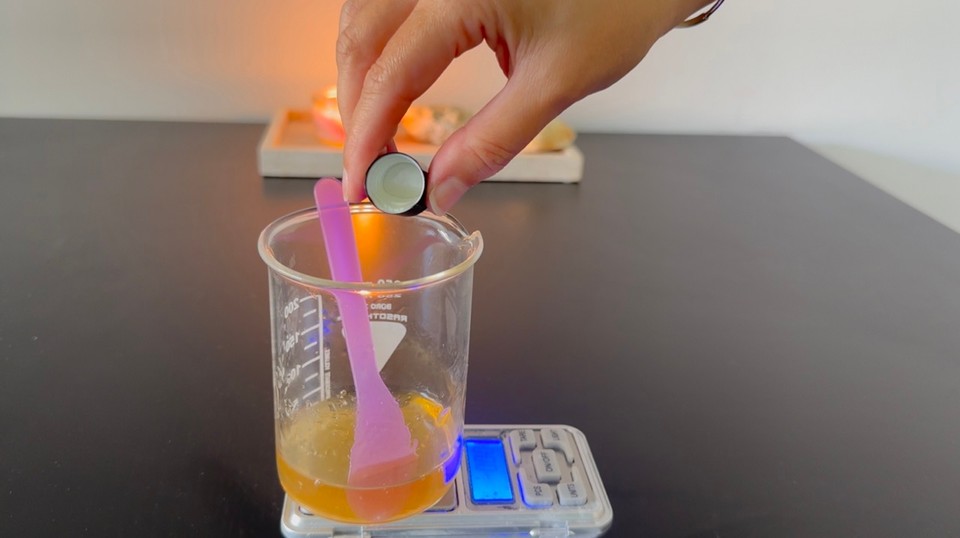
Salicylic acid's ability to regulate sebum production is highly esteemed, particularly beneficial for those with oily skin or concerns about shine and congestion. By moderating excess oil secretion, it reduces the visibility of enlarged pores and hinders the formation of new blemishes, contributing to a refined, smoother complexion.
If you want to make more face products using different acids, check this formula for Kojic Acid Face Mask, and this formula for Glycolic Acid Foaming Cleanser. In cosmetic formulations, salicylic acid is typically present in concentrations ranging from 0.5% to 2% (some hair products will contain up to 3%), Lower concentrations of salicylic acid are commonly found in daily cleansers, toners, and exfoliating pads, while higher concentrations are typically reserved for spot treatments and specialized skincare products designed to target specific concerns. It's crucial to note that salicylic acid may not be suitable for everyone, especially individuals with sensitive or allergy-prone skin. Those with aspirin allergies should be careful when using salicylic acid products, as they may experience adverse reactions such as irritation, redness, or swelling.
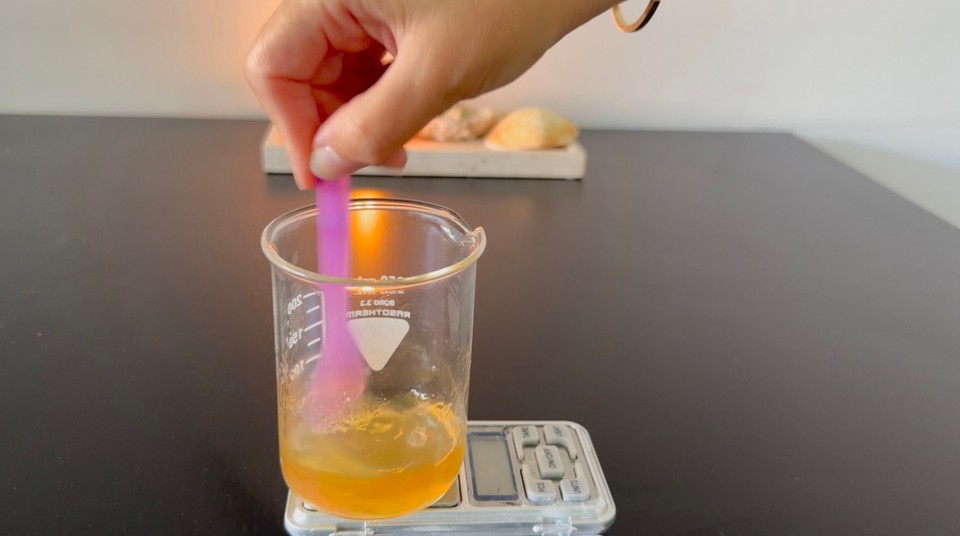
Salicylic acid has low water solubility. We will need to dissolve it in propylene glycol, propanediol, pentylene glycol, or alcohol for water-based products. I prefer to make a ‘salicylic acid solution’ with propanediol or pentylene glycol and then use this solution when I want to incorporate salicylic acid in a formula.
Solubility of Salicylic Acid in Propylene Glycol/Propanediol or Pentylene Glycol
| Component | % | Total of 15g solution | Total of 30 grams solution | Total of 36 grams solution |
|---|---|---|---|---|
| Salicylic Acid | 6 | 0.9g | 1.8g | 2.16g |
| Solvent: Pentylene Glycol, Propanediol, propylene glycol | 94 | 14.1g | 28.2g | 33.84g |
Solubility of Salicylic Acid in Ethanol (14%)
| Component | % | Total of 15 grams solution | Total of 30 grams solution | Total of 36 grams solution |
|---|---|---|---|---|
| Salicylic Acid | 14 | 2.1g | 4.2g | 5.04g |
| Solvent Ethanol | 86 | 12.9g | 25.8g | 30.96g |
When we use salicylic acid in a formula, we aim to design a product with a pH of around 4-4.5, depending on our product. In this range (4-4.5) , a significant portion of salicylic acid remains non-ionised. Non-ionized salicylic acid is lipophilic (oil-soluble), allowing it to penetrate the skin’s lipid barrier more effectively even when delivered from a water-based product. If we add salicylic acid to a more alkaline environment, salicylic acid will predominantly be in its ionized form. Ionized salicylic acid is hydrophilic (water-soluble) and less able to penetrate the lipid-rich layers of the skin.
Some recent studies suggest that the pH may not significantly affect its efficacy. While traditional formulation strategies emphasize maintaining an acidic pH to maximize the efficacy of salicylic acid, recent studies suggest that pH may be less critical to its effectiveness. Some studies claim that lower pH formulations can increase the risk of skin irritation, highlighting the importance of incorporating soothing agents such as panthenol, green tea extract, and allantoin to help reduce irritation potential when using salicylic acid.

When we add salicylic acid to a formula, we need to use a preservative with an adequate pH range that can perform well in the final pH of the product .
My go-to preservative is Cosgard (INCI: Benzyl Alcohol, Dehydroacetic Acid, Aqua), which has a pH range between 2 and 7.
If we use salicylic acid in an emulsion, we need to combine it with an emulsifier that can be stable in the same acidic pH range of the final product.
Thickeners such as Xanthan gum are stable in a wide range of pH levels, Guar gum is stable between 4 and 10, so we can use either one as a thickening agent for products with salicylic acid.
When using salicylic acid products, remember to use sunscreen with high protection. Salicylic acid, a beta-hydroxy acid (BHA), works by exfoliating the skin. It penetrates and dissolves the oil within pores, removing the outermost layer of dead skin cells. This process reveals newer, more sensitive skin underneath, so protecting it from the sun's harmful UV radiation is essential.
In the video, I show how to make a salicylic acid solution with four different solvents: sodium lactate, castor oil, glycerin and propanediol.
In general, for water-based products, the easiest is to use propanediol; you can make a solution using 15 grams of propanediol mixed with 1 gram of salicylic acid powder.

Castor oil is a good solvent for oil-based products. In the video, I mixed 59 grams of castor oil with 1 gram of salicylic acid.

Sodium lactate can also dissolve the salicylic acid powder, but you'll need more sodium lactate than propanediol and this is why for water-based products propanediol is my favorite solvent when creating salicylic acid products.
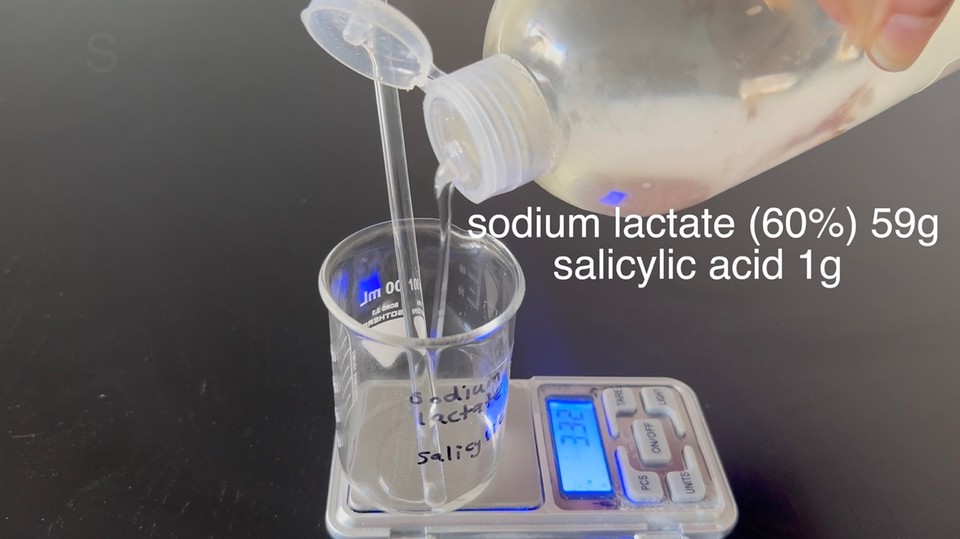
As shown in the video, glycerin is not the best option for dissolving salicylic acid; even when heated, it can only dissolve a very small amount of the powder. I would not recommend using glycerin as a solvent for salicylic acid.

1% SALICYLIC ACID SERUM TREATMENT FOR ACNE
- Distilled water 77g
- Glycerin 1g
- Xanthan gum soft 0.3g
- Salicylic acid solution (with propanediol) 16g
- Niacinamide 2g
- Lactic acid 80% solution 0.7g
- Preservative Cosgard ( (NCI: Benzyl Alcohol, Dehydroacetic Acid, Aqua) 0.8g
- Fragrance 0.2g
- Green tea extract (INCI: Glycerin, Aqua, Camellia Sinensis Leaf Extract) 2g
In this face serum formula, we use 16 grams of a salicylic acid solution made from 15 grams of propanediol and 1 gram of salicylic acid.

When making 1% salicylic acid serum, I combined it with Niacinamide and green tea extract. Niacinamide has anti-inflammatory properties that reduce redness and irritation associated with acne. It also helps to regulate sebum production, which can prevent future breakouts. Furthermore, niacinamide boosts collagen production, which helps maintain skin elasticity and reduces the appearance of fine lines and wrinkles. Green tea extract contains polyphenols, which have anti-inflammatory and antimicrobial properties that help to minimize acne-related inflammation and combat acne-causing bacteria.
I also added lactic acid to the 80% solution; lactic acid works together with salicylic acid and gently exfoliates dead skin cells, promoting cell turnover and revealing smoother, brighter skin. It also helps fade dark spots and improve skin texture.
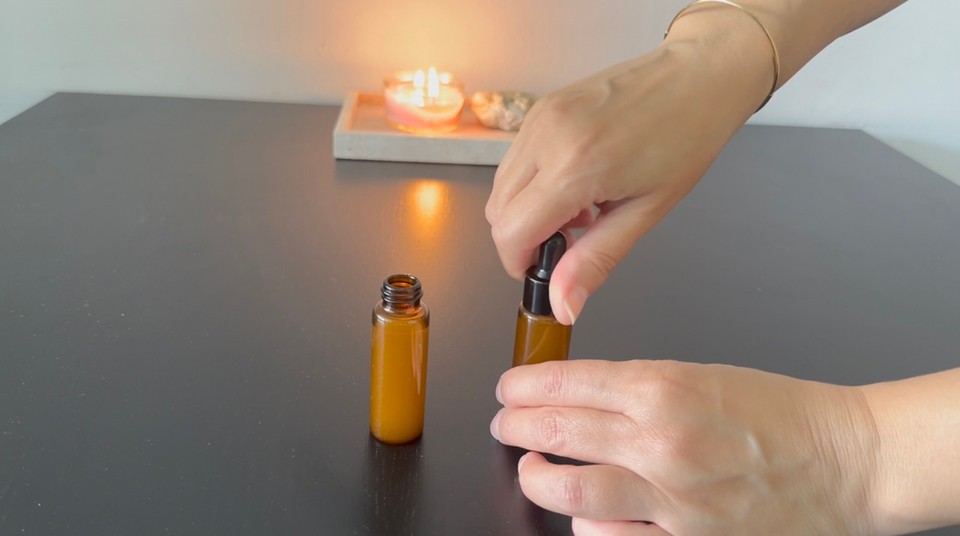
You can make this serum by skipping the fragrance and adding this amount to the distilled water.
To prolong this serum's shelf life, store it in a dark crystal bottle to protect the serum from light exposure. Salicylic acid is more stable than skincare ingredients like vitamin C but can still oxidize if not stored properly. Keep the serum away from direct sunlight and heat.
If you want a fragrance-free serum, you can skip the fragrance and add the amount to the distilled water.
To make the serum, first, prepare the salicylic acid solution with the propanediol and set aside.
Always make a patch test before using the product.
Method:
Prepare the salicylic acid solution by mixing 15g of propanediol and 1g of salicylic acid powder.
Make a slurry by mixing the gum with the glycerin, then add the distilled water and stir to combine.

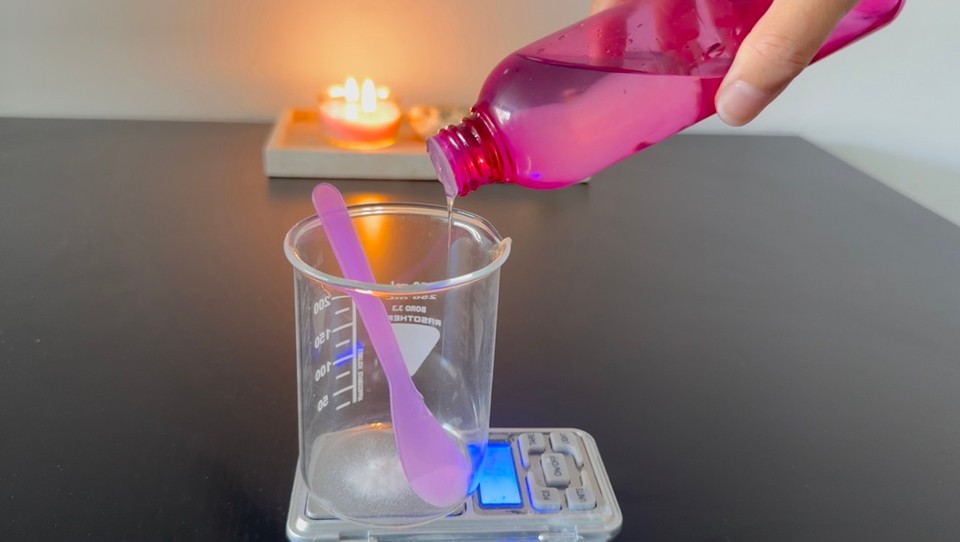
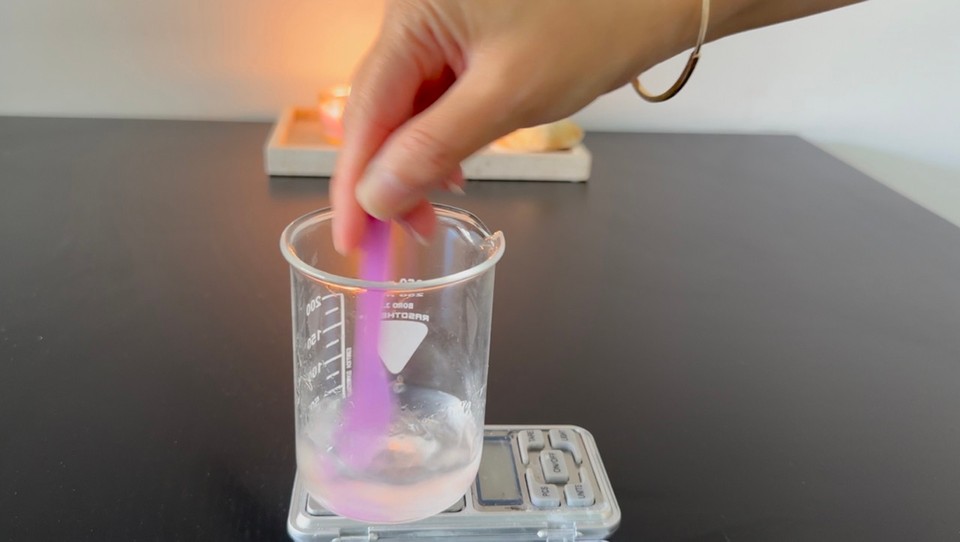
- Add the niacinamide and the lactic acid and mix to combine.

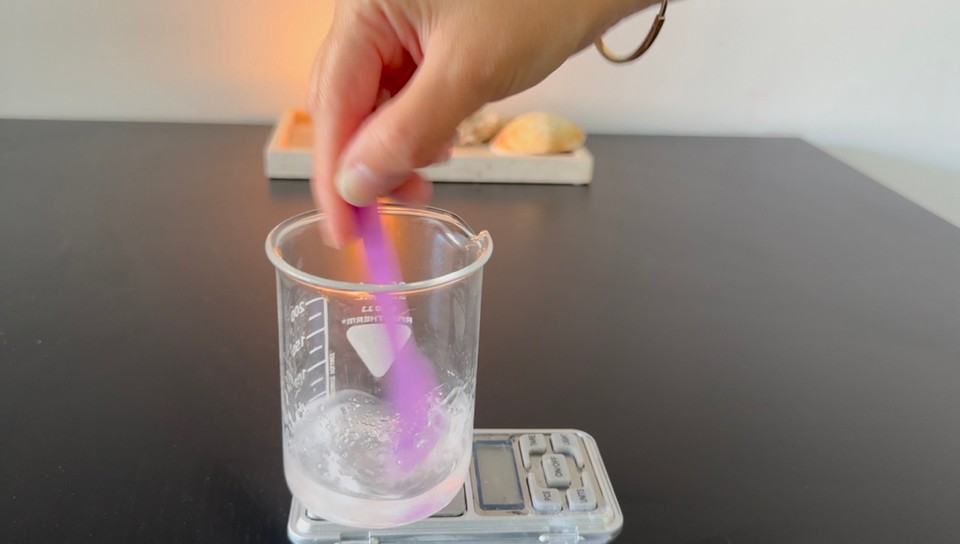
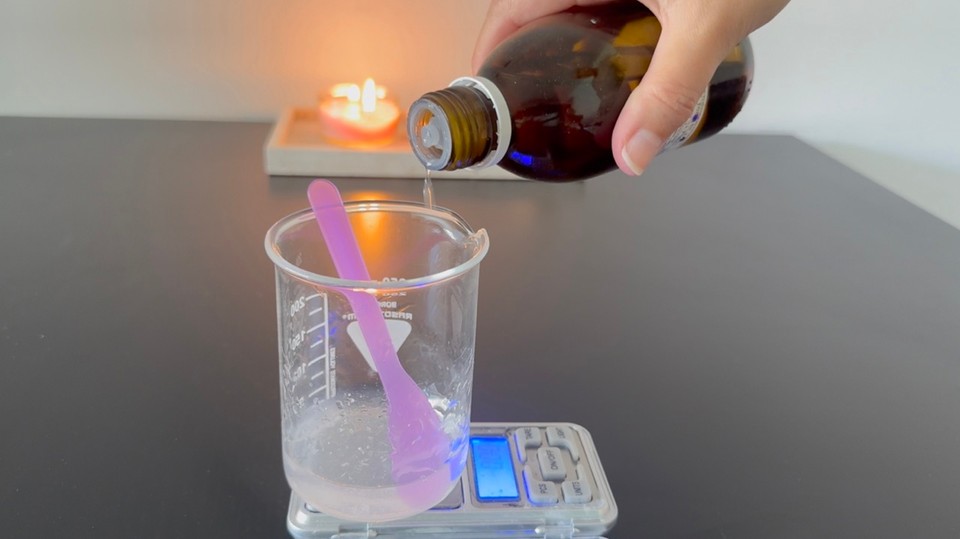
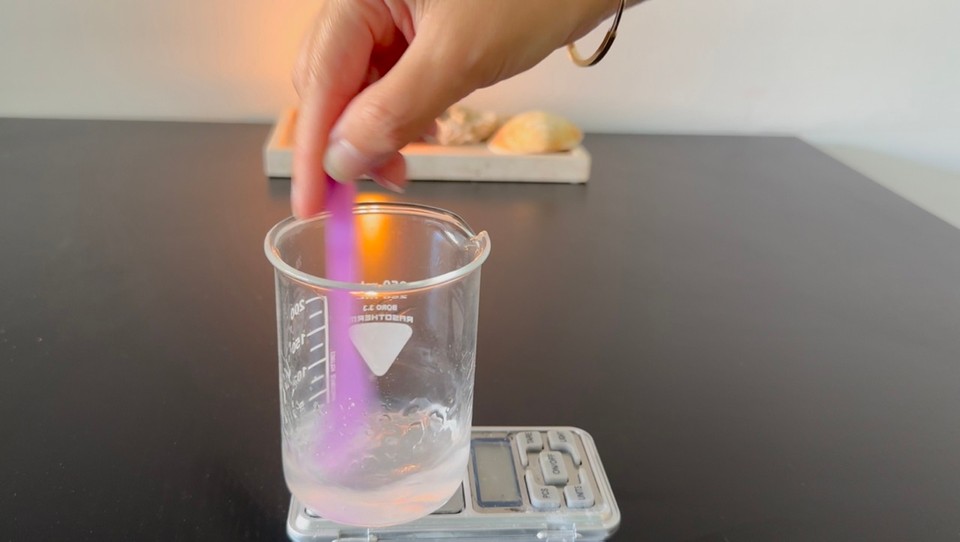
- Add the green tea extract and mix to combine, then add the fragrance and the preservative and mix well.
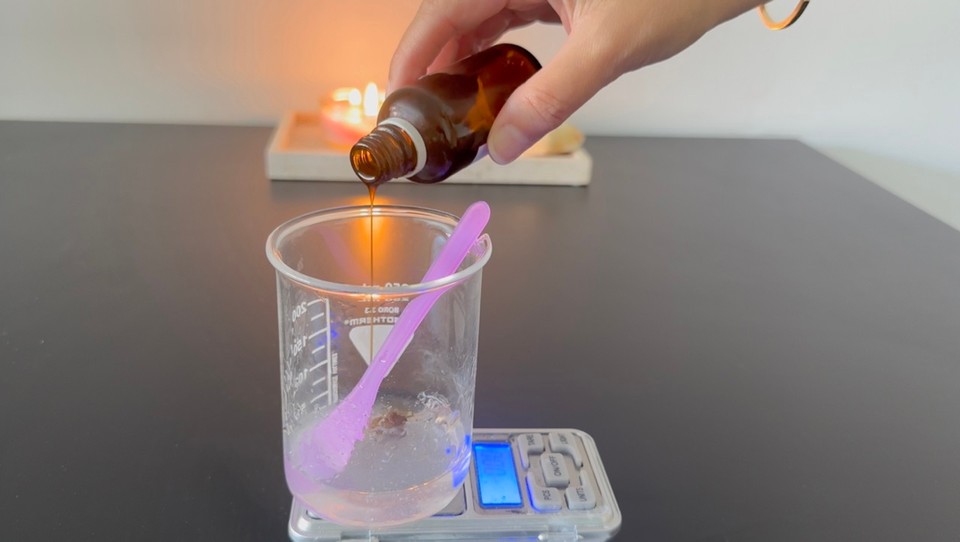


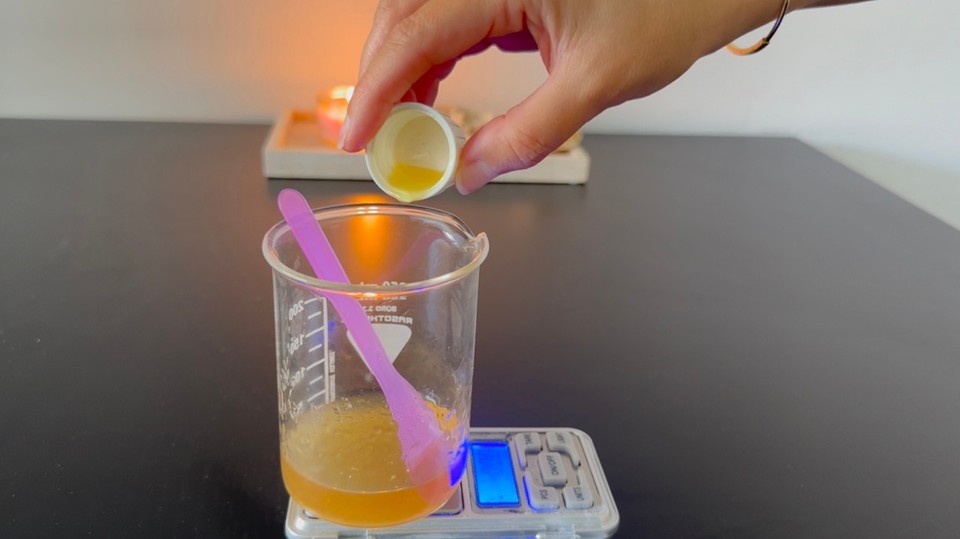
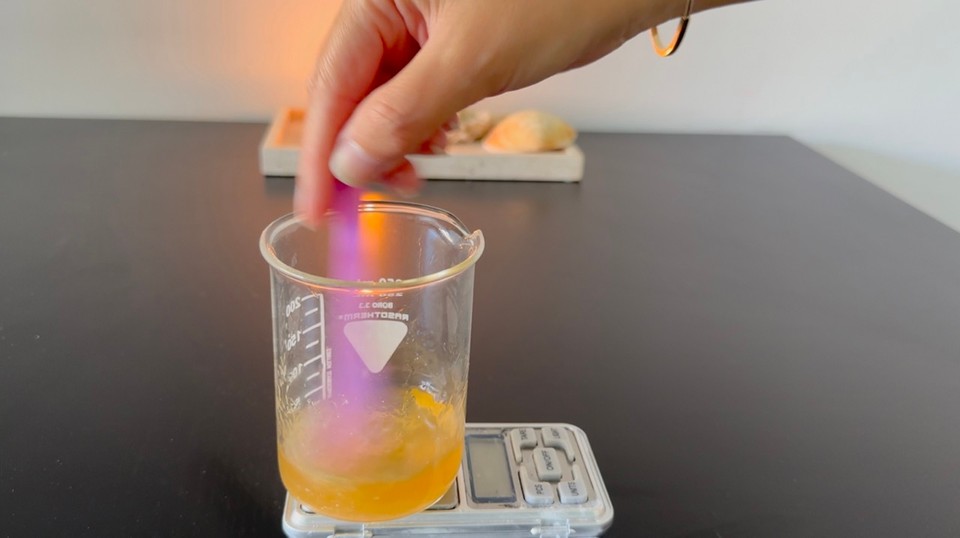
- Add the salicylic acid solution and mix to combine.
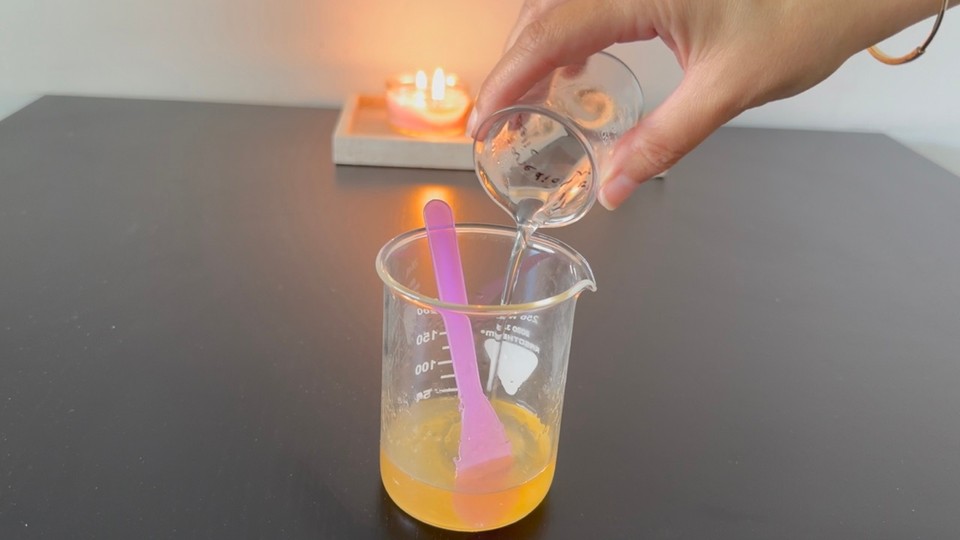
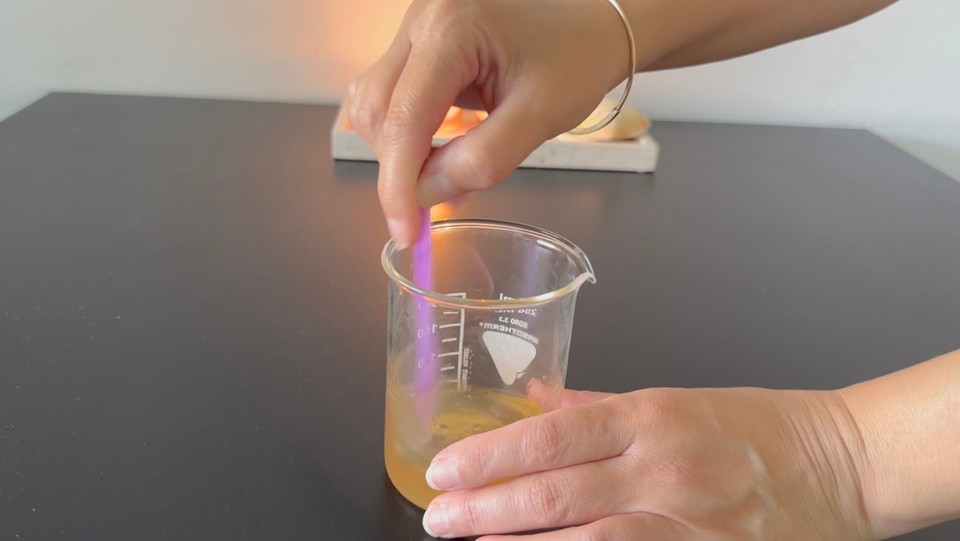
- Check and adjust the pH. pH around 4.5 is fine. You can read about pH adjustments in cosmetics here.

- Pour into a dark glass dropper bottle.

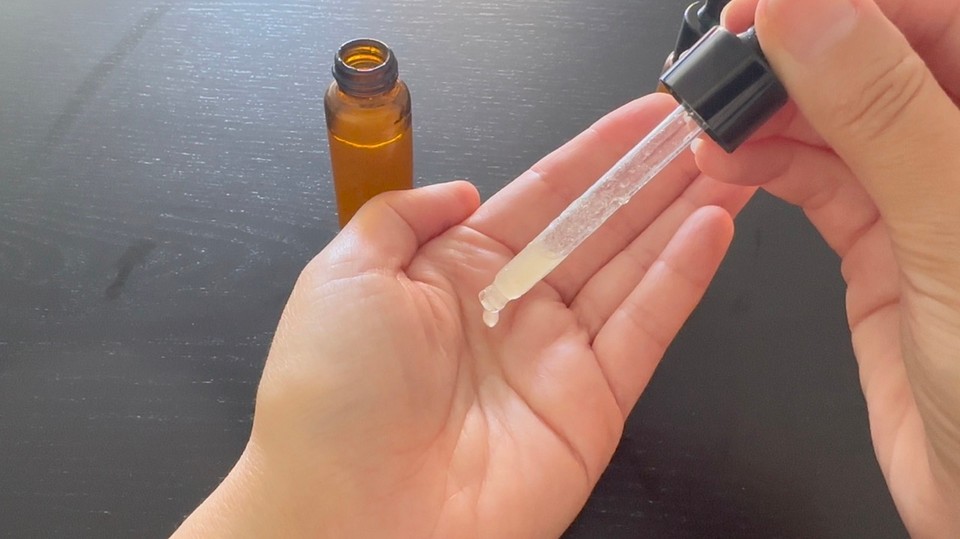
1% SALICYLIC ACID FACE GEL CLEANSER
Phase A
- Glycerin 6g
- Xanthan gum soft 1.3g
- Distilled water 51.2g
- Allantoin 0.5g
Phase B
- Panthenol 2g
- Salicylic acid solution (with propanediol) 16g
Phase C
- Decyl glucoside 16g
- Coco betaine 4g
- Citric acid 1.4g
Phase D
- Preservative Cosgard (NCI: Benzyl Alcohol, Dehydroacetic Acid, Aqua. 0.8g
- Fragrance 0.8g
Method:
In a heat-resistance beaker, make a slurry by combining the glycerin with the xanthan gum.
Add the distilled water and then add the allantoin and mix. Cover the beaker with aluminum foil to minimize evaporation. You can scale the water phase at this stage and write down the number, and later after removing the water phase from the heat scale again and add the missing grams of evaporated water to get the same number from your first scale.
Place phase A into a double boiler on medium heat for 20 minutes.
In another beaker, add the panthenol and the salicylic acid solution and set aside. (The solution has 15 grams of propanediol and 1 gram of salicylic acid powder).
In another beaker, add phase C ingredients. Mix to dissolve the citric acid.
Remove phase A from the heat and let it cool to room temperature or less than 40°C.
Add phases B and C to phase A and stir gently to combine. Don't stir too fast to minimize the foam from the surfactants.
Add phase D (the preservative and the fragrance) and mix to combine.
Check and adjust the pH. pH around 4-4.5 is fine. You can read about pH adjustments in cosmetics here. (-
Pour into a tube container or a pump bottle. Always make a patch test before using the product.
